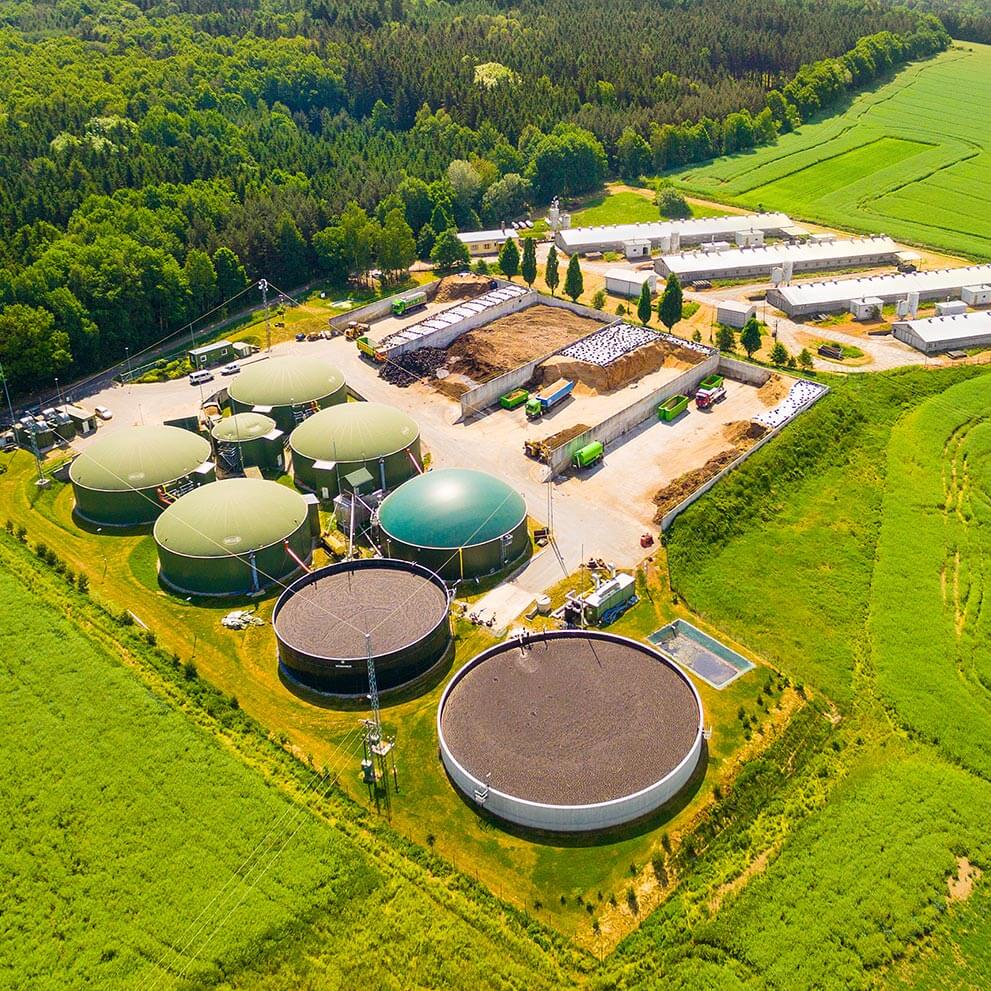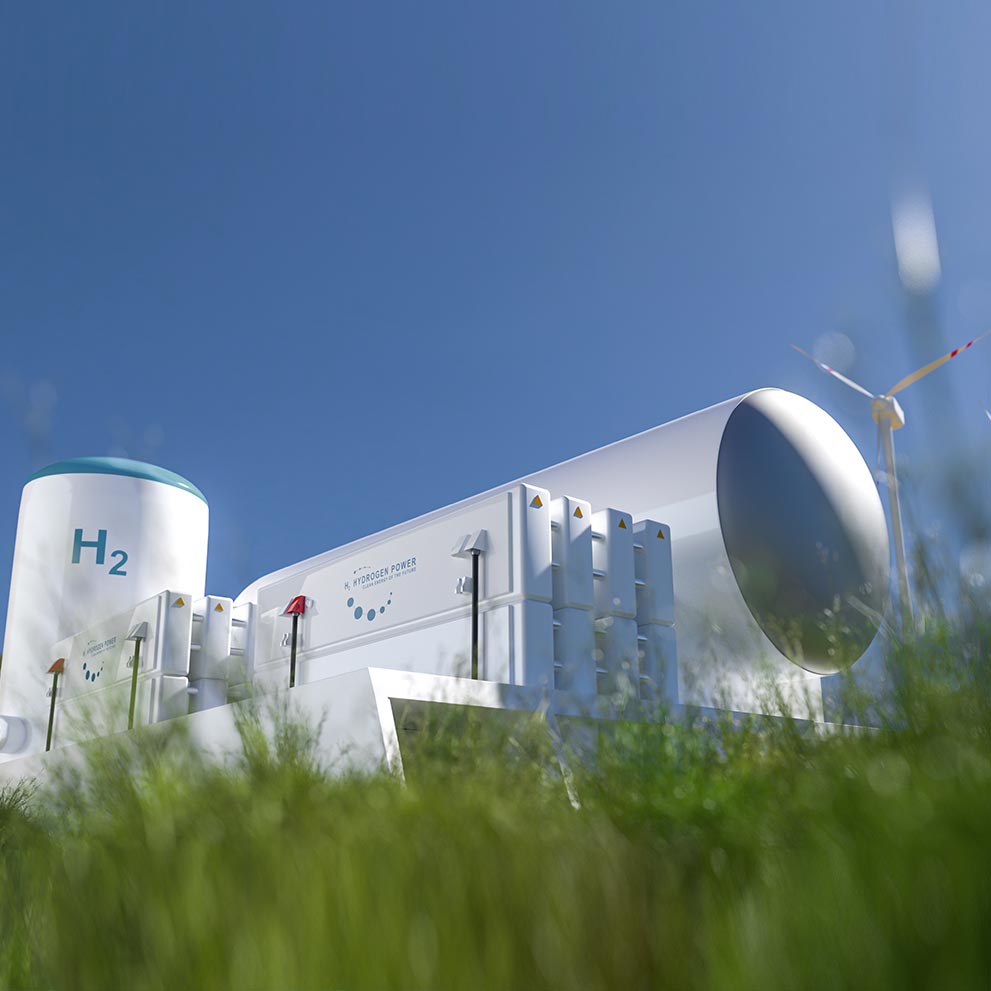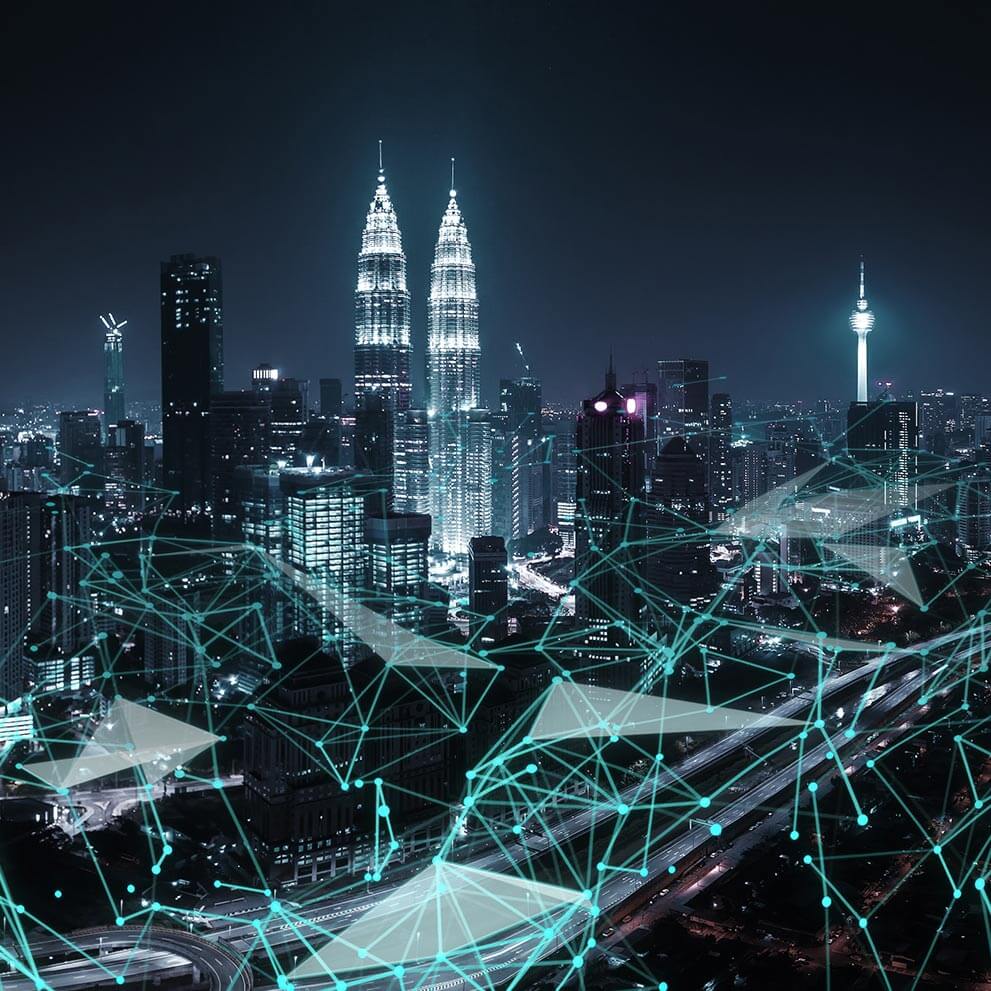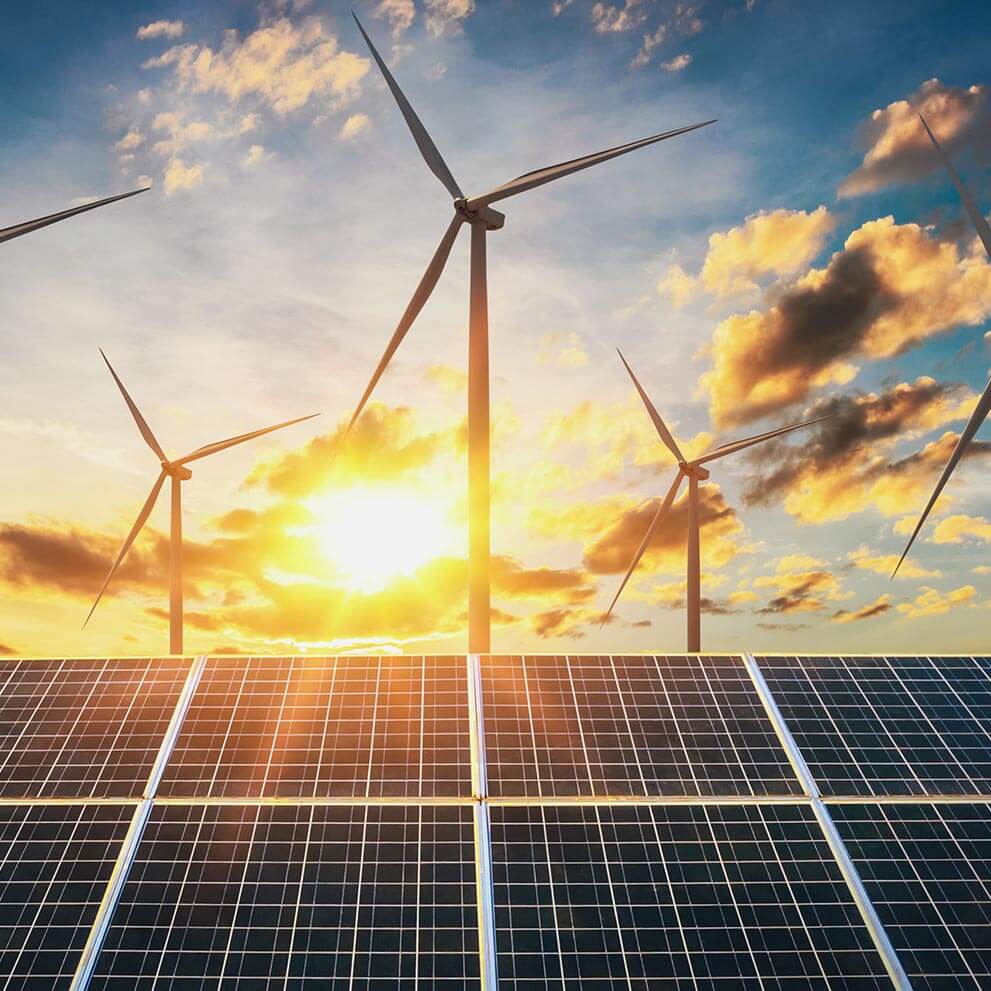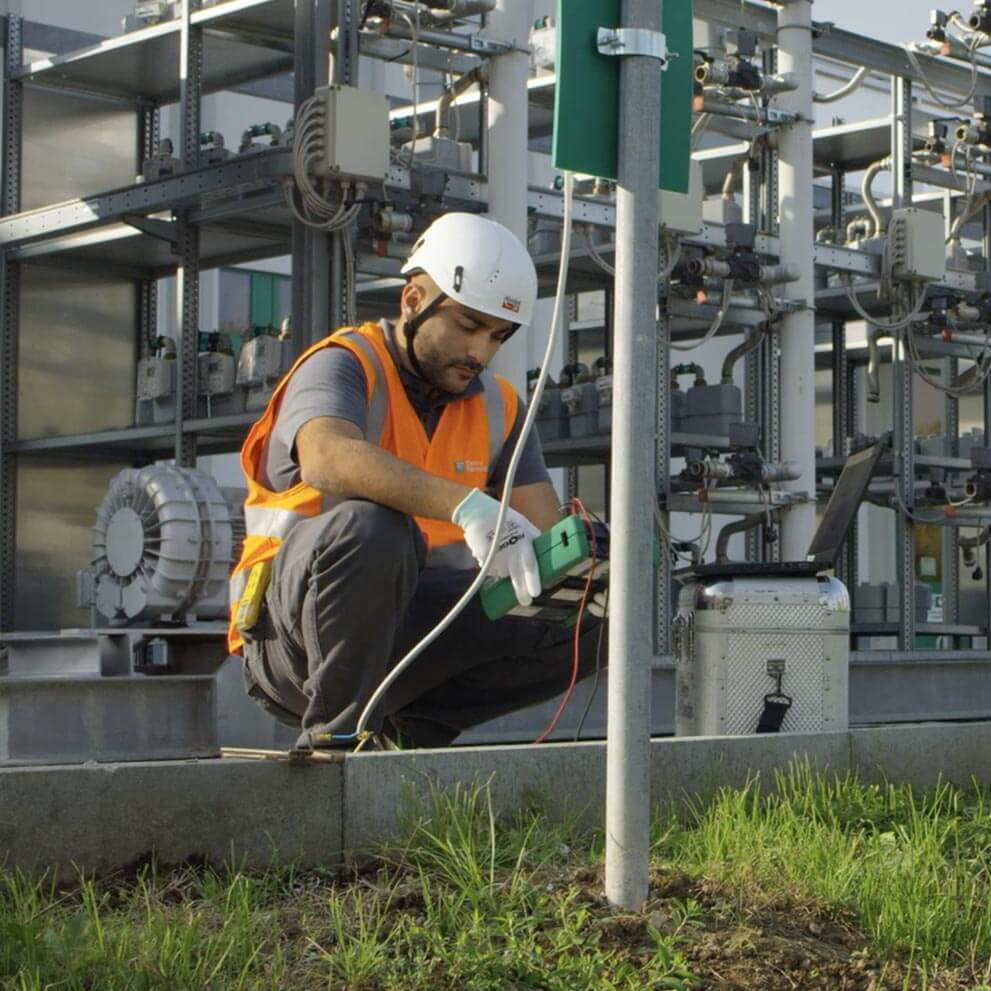E-fuels
Renewable fuels to reduce carbon emissions
E-fuels are non-fossil, renewable fuels produced by means of an artificial chemical synthesis process using renewable sources.
The process converts a gas made of electrolytic hydrogen (H2) and a carbon containing molecule, such as carbon dioxide (CO2) coming from biogenic waste material.
Methanation process produces e-methane, a renewable gas virtually identical to the natural gas we know. This has many advantages, including the possibility of storing electricity in the form of renewable methane in gas infrastructures, capturing carbon dioxide for later use, and replacing a fossil source as it can be directly used in heating or vehicles as a drop-in replacement fuel.
Pietro Fiorentini’s technological solution relies on a biological methanation process to generate renewable methane.
The biology for this process is developed by MicroPyros BioEnerTec GmbH™, part of Pietro Fiorentini Group.
MicroPyros’ biological heritage also covers the area of carbon monoxide (CO) methanation.
